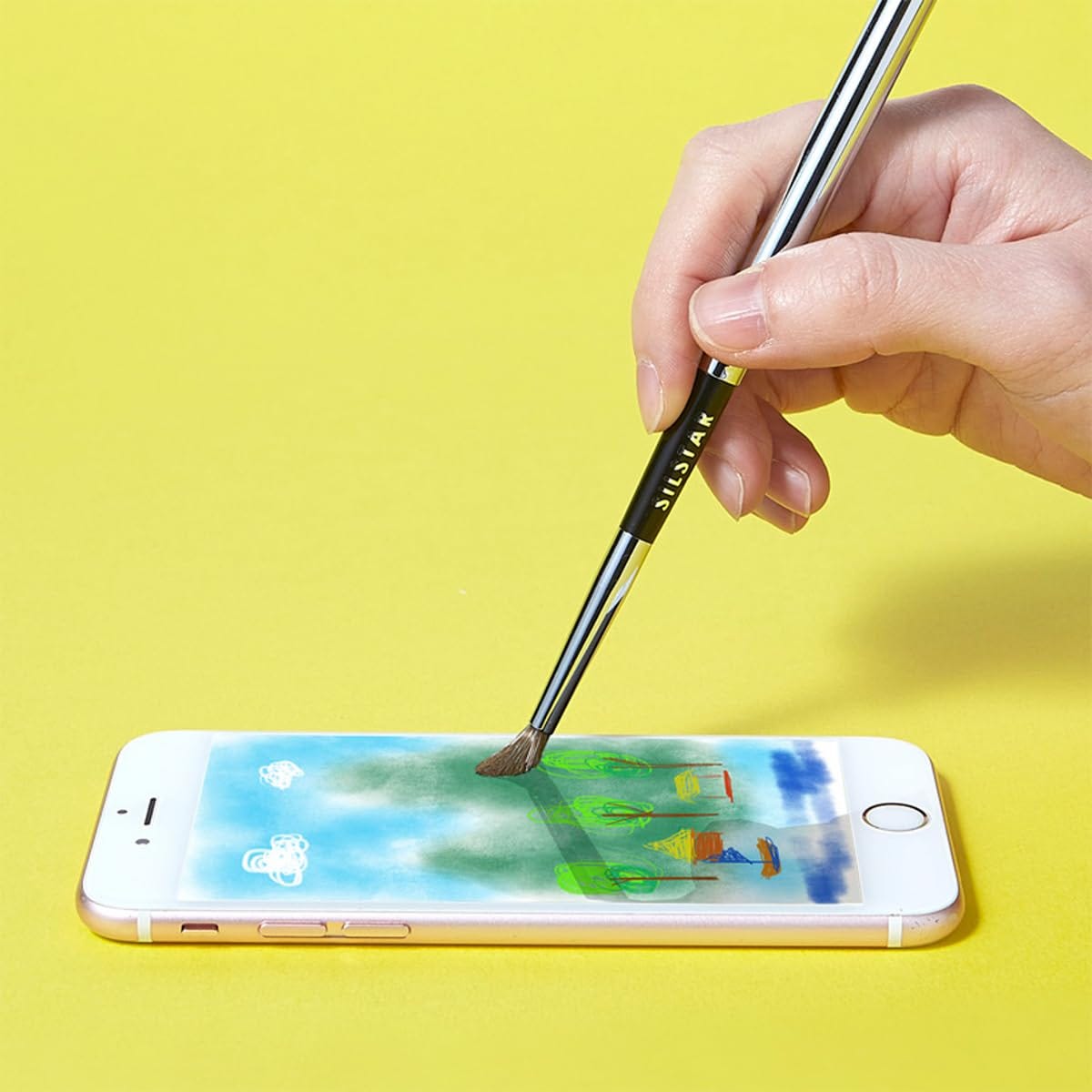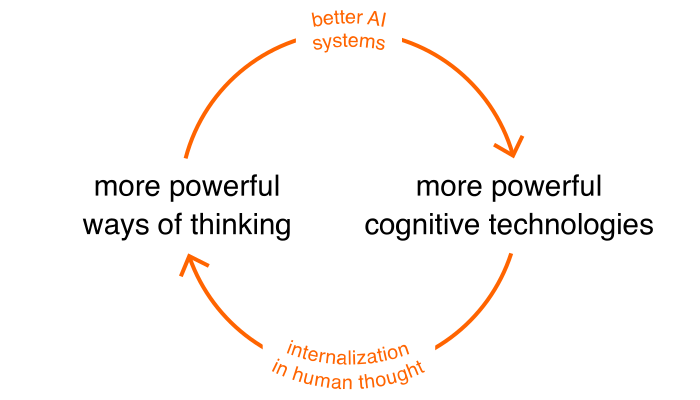Generative AI Model: The Modern Art Brush
by Mike Luu, Co-Founder/ Software Engineer

Despite advancements in technology across various visualization and AI generation tools, it is surprising that our creative mediums remain somewhat primitive, bearing resemblance to methods used hundreds of years ago. Copywriters and novelists still utilize formats similar to the traditional notebooks for drafting and brainstorming their ideas. Now, instead of relying on physical notes or papers, writers now predominantly opt for digital mediums such as Microsoft Word or Google Docs to express their thoughts, which are basically the same tools but via a digital formats. Fortunately for artists, numerous tools are available to assist in the production of their masterpieces, including graphic art software and digital audio workstations. These tools abstract many aspects of the creative process, acting somewhat like an advanced art brush, aiding artists in developing their initial ideas into complete artworks. Nonetheless, these software solutions primarily assist in the creation process based on ideas and brainstorming entirely generated by the artists themselves. It's akin to using a more sophisticated paintbrush. All the creative ideation and research are still manually executed by artists to achieve the final piece. So, how can we develop not only a better paintbrush but also improved drafting papers that can intelligently understand and support the artist's creative process, which is often considered the most critical step in any creative endeavor?
Let's first examine the three types of "paintbrushes" used in creative work:
The trusty pencil and notebook, the physical sketchbook and loose papers – these are the basic tools, the well-worn companions of countless artists throughout history. Their simplicity is their charm. They allow for the unfettered flow of ideas, the quick capture of a fleeting thought or visual image. An artist can sketch freely, experiment with shapes and compositions, and jot down notes without the constraints of complex software or digital limitations.
However, these basic tools are like a rudimentary paintbrush – they excel at capturing what's already there in the artist's mind, but offer little assistance in generating new ideas. The artist must translate their internal vision entirely onto the paper, potentially slowing down the process and limiting exploration. There's no easy way to "undo" or manipulate elements on the fly, and the organization of ideas can be cumbersome. While essential for initial exploration, the basic paintbrush doesn't actively participate in the brainstorming phase.
Digital art software like Adobe Photoshop or Procreate, along with Digital Audio Workstations (DAWs) for music production, represent a significant leap in creative power. These tools are like the premium paintbrushes, offering a vast array of colors, textures, and effects. Artists can manipulate digital elements with ease, layer ideas on top of each other, and explore countless variations. A musician can experiment with different instruments and sounds within the DAW, rapidly testing and refining their composition.
However, even these premium tools primarily focus on the execution and refinement of existing ideas. The brainstorming process itself still relies heavily on the artist's imagination and external inspiration. While software might offer pre-made brushes or filters, they don't actively suggest new artistic directions or concepts. The artist must still translate their initial spark into a digital format before exploring variations and possibilities. The premium paintbrush excels at making the artist's vision a reality, but it doesn't actively participate in its creation.
The modern paintbrush, still hypothetical, takes the form of AI-powered creative software with generative models. Imagine an intelligent assistant that understands your artistic style and preferences. This tool, unlike its predecessors, wouldn't just be a passive canvas for your ideas; it would be an active collaborator in the brainstorming phase.
Based on your initial sketches or prompts, the modern paintbrush could suggest relevant designs, color palettes, or compositional ideas, sparking new avenues for exploration. It could generate variations on your concepts, helping you visualize different possibilities and refine your vision. Imagine feeding the software a rough sketch of a character and receiving suggestions for outfits, expressions, or poses. This tool could also provide access to vast libraries of reference materials and inspirational content, all tailored to your specific artistic direction.
In essence, the modern paintbrush would be an extension of the artist's mind, a tool that amplifies creativity and accelerates the realization of artistic visions. By incorporating AI and generative models, creative tools could evolve beyond simple execution and become active partners in the brainstorming phase, ultimately unlocking new creative possibilities.
In the blog "Using Artificial Intelligence to Augment Human Intelligence" by Michael Nielsen, the concept of "Artificial Intelligence Amplification (AIA)" is discussed, highlighting the use of AI primarily to enhance human intelligence. Nielsen explores tools like generative models, which assist artists in finding suitable design variations, and interactive interfaces that respond aptly to user inputs. These examples represent just the tip of the iceberg in terms of AI's potential to enhance our creative intellect.
Here are some specific applications discussed in the blog:
-
Generative Design Tools: AI supports designers by generating multiple design variations, enhancing creativity and efficiency. For instance, type design and sketching applications such as iGANs for shoes or landscapes are highlighted.
-
Interactive Interfaces: AI develops systems that respond dynamically to user inputs, offering new ways to visualize and interact with data, making complex information more understandable and actionable.
-
Cognitive Enhancement: AI is capable of creating new cognitive technologies that alter our thinking processes, much like how writing and the internet have revolutionized cognitive activities. This involves devising new methods for representing and manipulating information, thereby expanding human intellectual capacity.
-
Intelligence Amplification (IA): The emphasis is on augmenting human intelligence, not replacing it. This approach simplifies tasks, makes interfaces more intuitive, and enhances decision-making and problem-solving capabilities.
The key takeaway is that AIA is a self-improving system if implemented correctly. By enhancing the Generative Model with more tools to foster our creativity, we also develop more efficient and sophisticated ways of thinking. Over time, this results in the design of better AI systems equipped with more advanced cognitive technologies, perpetuating the cycle.

Although the concept is still abstract and speculative, it essentially mirrors how we learn and improve. We grasp a new concept, use a notebook to flesh out that knowledge, and refine the notebook by adding more acquired insights. Through multiple iterations, both our minds and our knowledge expand alongside these notebooks.
However, for enhancing cognitive abilities, we need more than just a knowledge base—we need a cognitive medium that can evolve. Large Language Models are ideal for this role, as they can mimic some reasoning abilities and improve with new data through tools like Retrieval Augmented Generation (RAG). Yet, a formalized system to deploy these models effectively to individuals, enabling mutual advancement, remains undeveloped. This gap inspired the creation of rag.page, envisioning a product that could realize the AIA system and bring it into everyday use.
The true power of AI-powered generative models lies in their ability to not only augment individual creativity, but also to foster a collective intelligence through collaborative improvement. Imagine a system where the creative efforts of countless users contribute to the model's evolution, creating a wellspring of creative potential that surpasses any single user's capabilities.
This collaborative improvement unfolds through a virtuous cycle of data enrichment and iterative learning. As users interact with the AI tool, they provide valuable data in the form of feedback on generated ideas, new design elements, and successful use cases. This rich user data becomes the fuel for the model's learning engine. Machine learning algorithms analyze this data, allowing the model to refine its suggestion algorithms, develop a deeper understanding of creative processes, and even identify emerging trends and styles.
The more users contribute and engage with the AI tool, the more sophisticated and adept it becomes at assisting human creativity. This, in turn, attracts even more users, further accelerating the model's evolution. This collaborative cycle transcends the limitations of an individual tool, transforming the AI model into a repository of collective creative intelligence. It reflects the diverse perspectives and experiences of its user base, fostering a unique form of collective cognition.
This collaborative system holds immense potential. It can democratize creativity by empowering individuals of all skill levels to bring their ideas to life. It can accelerate innovation by fostering the generation of entirely new design concepts and artistic styles. Ultimately, this system serves as a cognitive medium for a collective mind, constantly evolving and expanding its creative potential, much like the way our own knowledge grows through interaction and collaboration. The collaborative improvement of AI-powered generative models presents a fascinating glimpse into the future of human-computer collaboration, a future where AI acts not as a replacement for human creativity, but as a powerful amplifier, propelling us towards unimaginable heights of artistic expression.
